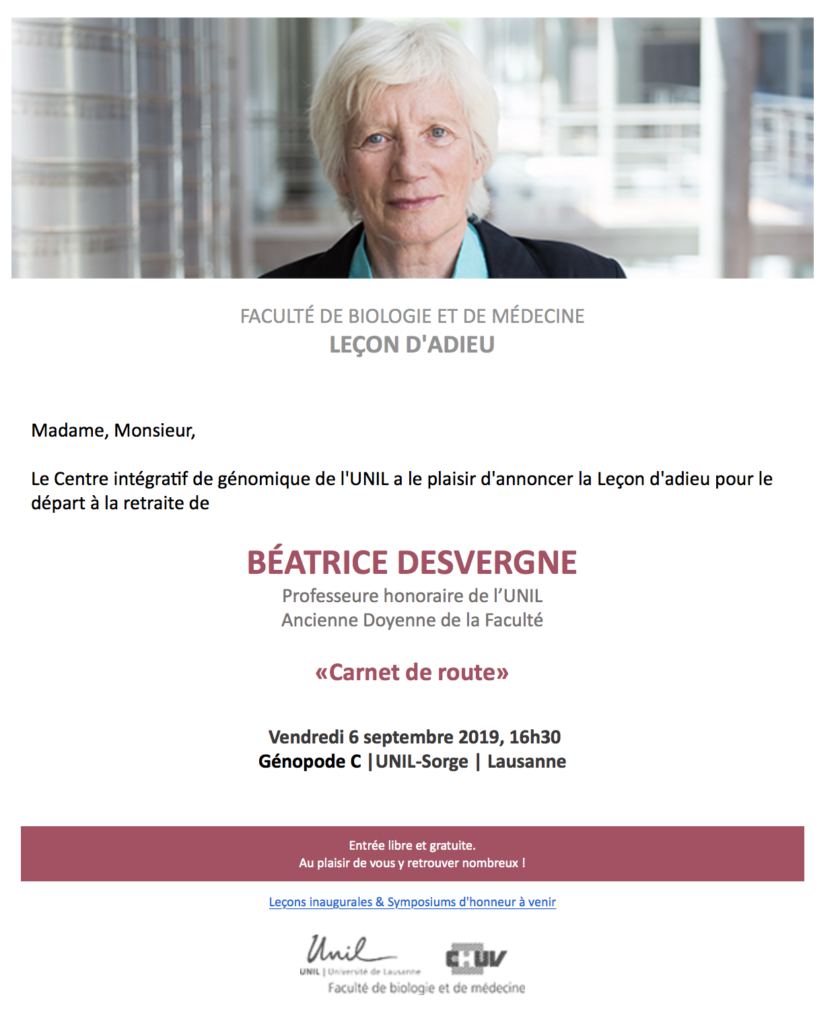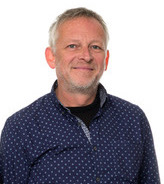The Population Sciences Branch (PSB) of the National Heart, Lung, and Blood Institute (NHLBI) at the National Institutes of Health invite applications for 2 Post-Doctoral Fellow positions in Dr. Andrew Johnson’s Lab. Dr. Johnson is a tenured NIH Senior Investigator with stable funding, and a research lab based at the historic Framingham Heart Study (FHS). The FHS was started in 1948 with a focus on unlocking the risk factors behind cardiovascular disease. The Johnson Lab is highly focused on understanding platelets and their role in both bleeding and cardiovascular disease, and how we may improve anti-platelet therapeutics. Trainees in the Johnson Lab have gone onto successful careers in industry and academia, and the Lab has >20,000 citations to its work with a current h-index >70.
We seek motivated, creative and bright individuals, to work at the Framingham Heart Study. The FHS, has a wealth of genetic and OMICs data including whole genome sequence data, transcriptomes (microarray and RNA-seq), methylome, lipidome, metabolome, microbiome and proteome. Additionally, the Johnson Lab has led the collection of the largest global samples to date on platelet function and platelet reactivity, both within FHS and other cohort samples. Relevant future research project areas for Fellows include the genetics of platelet function, pharmacogenetics of anti-platelet therapy, integration of platelet transcriptome and other OMICS data with cardiovascular risk and platelet function data, risk prediction of cardiovascular disease based on platelet biomarkers, and the relationship between platelet biomarkers and clinical bleeding history. Additional epidemiological questions relate to how platelets change in aging, ethnic differences in platelet function, the influence of platelet function on cancer risk, and the role of physical activity, dietary intake and other environmental factors on platelet function.
We collaborate widely with several Domestic and International Consortia in the area of Hematology (cell counts), Hemostasis (clotting factors), and cardiovascular risk (MI, stroke, VTE). We are co-leading genetic projects on platelet counts in ~1.2 million individuals in sample size to generate new target genes controlling platelet biogenesis and decay. We partner with stem cell collaborators, zebrafish and mouse geneticists for functional studies to follow up human platelet genetic discoveries.
Applicants must have an M.D. and/or Ph.D. and research experience in 1 or more of the following: Epidemiology, Hematology, Platelet Biology, Statistical Genetics, Genomics, Pharmacogenomics, and/or Bioinformatics. A proven track record of prior publications is expected.
The successful candidate will be offered a competitive salary commensurate with experience and qualifications. The initial appointment will be for a minimum of 2 years, with appointment renewals in 1-year increments. The post-doc must be a US citizen, resident alien, or nonresident alien who obtains a valid employment visa.
Applicants should submit a cover letter highlighting key qualifications and research interests, and curriculum vitae with complete bibliography to:
Andrew D. Johnson, Ph.D. at johnsonad2@nhlbi.nih.gov
The advertisement will remain open until the positions are filled. PDF versions of documents sent by email are strongly preferred.
HHS and NIH are Equal Opportunity Employers.
Applications from women, minorities and persons with disabilities are strongly encouraged to apply. The NHLBI/NIH is a smoke freeworkplace. The NIH is dedicated to building a diverse community in its training and employment programs.




